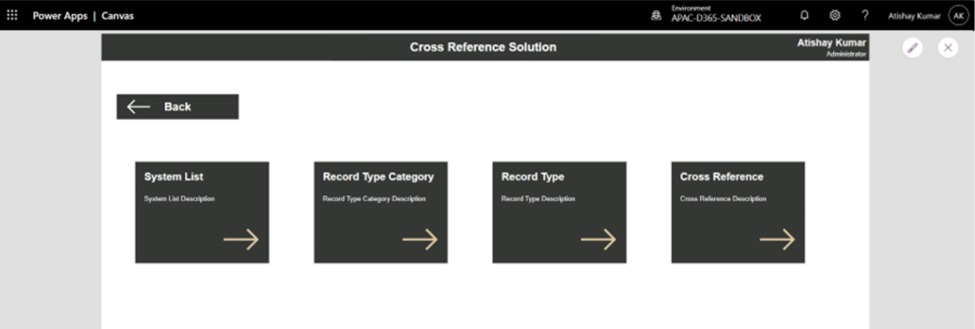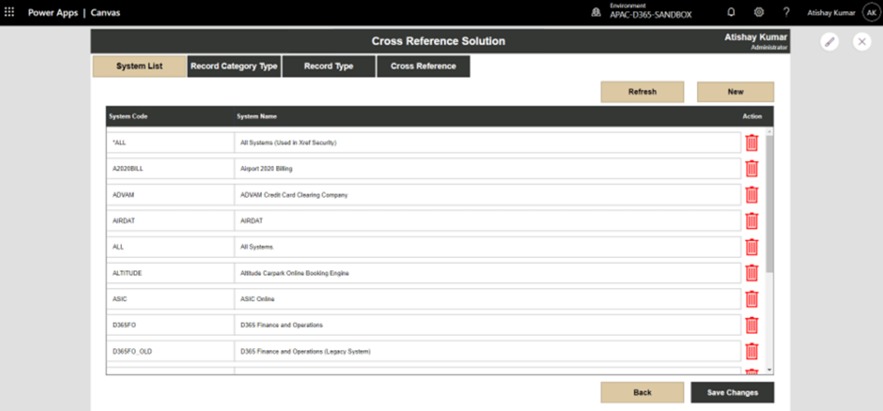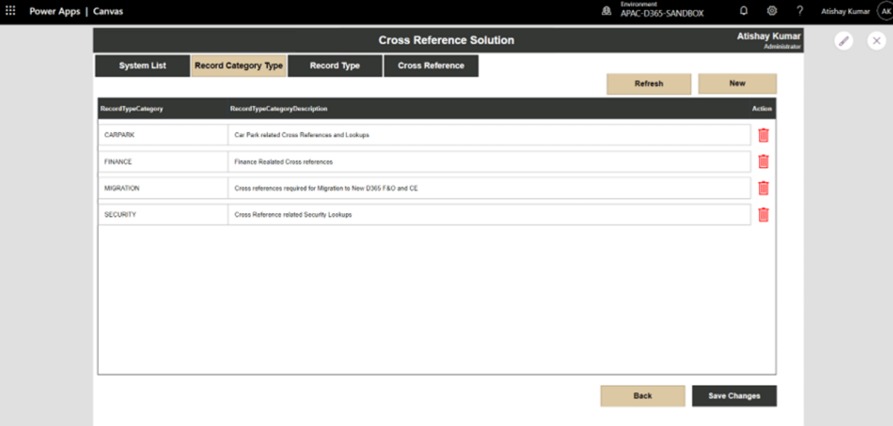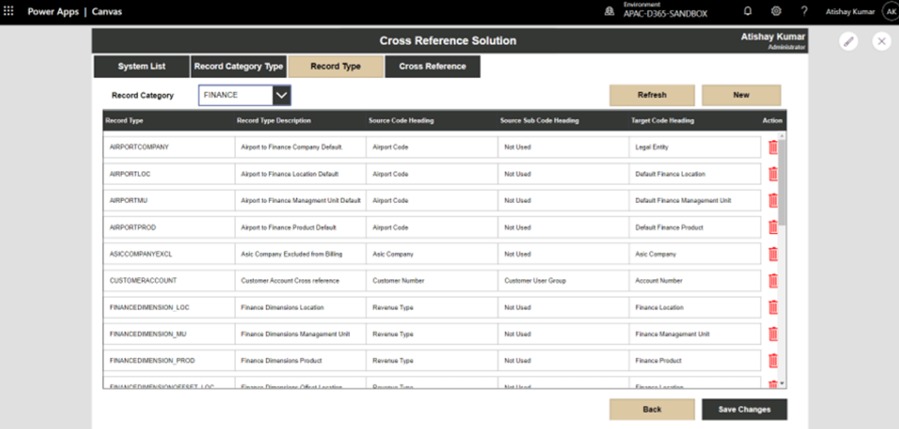Case Study
Centralised Cross-Reference System
Executive Summary
Our client ABC, a privately held corporation that has been Melbourne's and Launceston's gateway to the world, is focused on business transformation through streamlined operations, enhanced customer experiences, and optimised asset utilisation. To achieve these goals, ABC initiated Cross reference application, aimed at improving operational efficiency, integrating critical systems, and leveraging new business opportunities.
Problems faced by Client:
In managing membership, our client struggled with manual processes for managing member registrations, renewals, and communication. It resulted in administrative overhead, inconsistencies in membership data, and potential loss of members due to poor user experience.
Effectively managing and accurately tracking donations and their histories posed a considerable challenge for our client, ABC. ABC faced difficulties in identifying the sources of donations, tracking individual donation histories, and reaching out to donors for further contributions due to manual processes. Moreover, donors lacked visibility into how their contributions were utilized, resulting in a lack of trust and diminished engagement with the organization.
Proposed Solutions:
To address these challenges, the client opted for a new centralised cross-reference solution, designed to seamlessly link reference data and improve data integration. This solution aimed to:
• Reduce manual effort in maintaining reference and master data.
• Enable automated cross-referencing across various applications.
• Ensure data consistency by managing a structured mapping of identifiers.
• Improve reporting accuracy by linking data across multiple systems.
The cross-reference solution was designed with two main components:
1. Metadata Layer: Storing key attributes of cross-reference data.
2. Data Layer: Holding actual mapped values across different systems.
The solution also incorporated real-time integration capabilities, allowing for dynamic updates of reference data between systems.
Technologies Used
• Power APP - Canvas App
Canvas App Solution Screenshots
Landing Page
This page is the starting screen of the app, this comprises of a static image, name of the logged in user and a navigation button. On the app start, a logic checks if the logged user is an admin or not based on the Xref entries.
If the user is admin, start button will navigate to a page where the user can select the tables to perform operations on. A non admin user would directly be navigated to the Cross Reference page.

Table Selection
This page is only accessible by Admin users, validated by the isAdmin variable created on app start. This page allows users to select the table they want to perform actions on. Four tables available in the app for CRUD operation are
1. System List
2. Record Type Category
3. Record Type
4. Cross Reference

System List
This page lets the admin users perform update operations on the System List table using an editable grid. Editable grid uses a gallery control to render records on the page. Users can delete the records using the delete button for every record.

Record Category Type
This page lets the admin users perform update operations on the Record Category Type table using an editable grid. Editable grid uses a gallery control to render records on the page. Users can delete the records using the delete button for every record. To create new record, click on the New button which will navigate you to a new page.

Record Type
This page lets the admin users perform update operations on the Record Type table using an editable grid. Editable grid uses a gallery control to render records on the page. Users can delete the records using the delete button for every record. User can also filter Record Type based on the Record Category dropdown on above the editable grid.

Cross Reference
This page lets the admin users perform update operations on the Cross Reference table using an editable grid. Editable grid uses a gallery control to render records on the page. Users can delete the records using the delete button for every record.

Client Benefits - Their Improved Statistics (Facts and Figures):
The implementation of the cross-reference solution resulted in significant operational improvements, including:
• Improved Data Consistency: Standardised reference data across multiple systems, ensuring accurate data mappings.
• Enhanced Efficiency: Reduced manual data maintenance and minimised integration errors.
• Future-Ready System: The configurable framework ensured adaptability to evolving business needs.